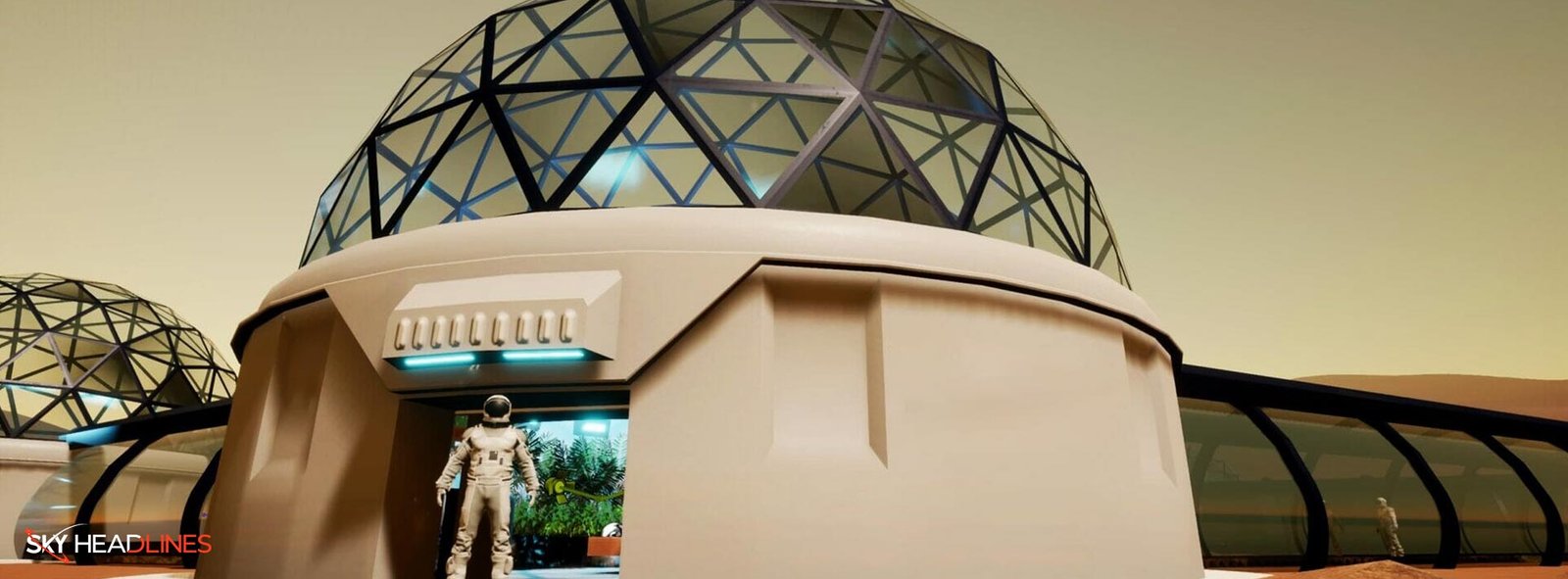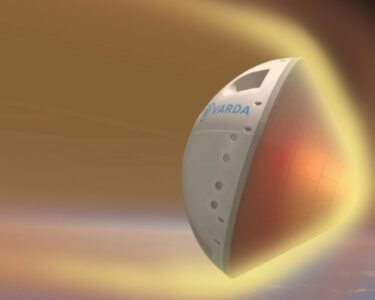The urge to learn more about the cosmos has captivated humans for generations. One of the problems facing scientists and engineers as we continue to push the limits of space exploration is how to obtain food on long-duration space trips. Space farming is the answer to this problem.
What is Space Farming?
Also known as space agriculture crops are grown in space. Space food production is important because it allows astronauts to have access to healthy, fresh food even on extended trips. The ultimate goal of astronomical farming is to establish a closed-loop system that recycles water and nutrients, allowing the system to maintain itself indefinitely.
The Challenges and Difficulties of Space Farming:
Space agriculture is not an easy task. It also requires innovative solutions. However, It has unique challenges. Space has no atmosphere, making plant growth difficult without solar radiation protection. As no gravity implies water and nutrients don’t flow downward like on Earth. Watering and fertilizing plants is challenging. Space is another issue. Space expeditions require lots of equipment, making farm space scarce. Moreover, the closed spaceship environment limits error. So, if the farm fails, it could harm the crew.
Lack of Gravity
Without gravity, this kind of farming is difficult. Plants on Earth also use gravity to direct their roots and stems. Space plants grow in all directions, making structural stability challenging. Tangled plants stunt growth. Scientists created growing chambers that use light to simulate gravity to address this problem.
Absence of Atmosphere
The lack of a natural environment also poses another difficulty for space farming. Earth’s atmosphere protects plants from radiation and provides carbon dioxide for photosynthesis. Radiation can harm DNA and stunt growth in space since there is no atmosphere. Scientists have constructed growing chambers with carbon dioxide scrubbers to remove CO2 and replace it with fresh air.
Limited Space
Moreover, Spacecraft have limited space, making farming difficult. Long-term missions require more crops to feed the crew. Scientists created compact growth chambers to grow several crops in a small space. They are also considering growing crops on spacecraft walls and floors.
Closed Environment
The crew’s survival depends on the farm’s success in a closed spacecraft. Farm issues like water or air supply failures can be disastrous. However, Scientists are creating automated technologies to monitor and regulate farms. These devices can sense environmental changes like temperature and humidity and adjust to maintain optimal plant growth.
Harsh Environment
Finally, plants must survive high radiation and temperature variations in space. Scientists are testing space-resistant genetically engineered plants. They’re creating radiation-resistant crops and temperature-tolerant plants.
The Innovative Experiments in Space Farming:
Despite the challenges, there have been significant advancements in space agriculture. Let’s take a look at some of the most interesting experiments in this field:
Veggie Experiment:
The NASA Veggie Experiment also marks a crucial turning point for farming in space. The hydroponic Veggie Experiment grows fresh vegetables in space. NASA designed the technology to supply fresh and nutritious meals for long-duration space missions.
Since 2014, the Veggie Experiment on the ISS has proven successful. Astronauts have grown zinnias, lettuce, and radishes. The Veggie system has shown that plants can grow and develop normally in microgravity, shedding light on agricultural astrology.
Veggie Experiment benefits space exploration. The technology feeds astronauts fresh, healthy meals, reducing their reliance on processed food. It can also assist astronauts on long-term missions to feel more at home, improving their mental health.
Advanced Plant Habitat:
The Advanced Plant Habitat (APH) is a growth chamber on the International Space Station that allows plants to grow in a controlled environment. The APH has more features than the Veggie Experiment, including adjustable red, blue, and green LED lights, a temperature control system, and a CO2 control system. The APH has been used to grow crops such as wheat and mustard.
“GreenHab”:
“GreenHab” at the Mars Desert Research Station in Utah is also a thriving space agricultural project. The small greenhouse GreenHab simulates space habitat conditions. It’s airtight and lit artificially. Researchers can test plant growth methods in the GreenHab.
The GreenHab’s desert location resembles Mars. Researchers can examine how plants adapt to the severe desert climate and create space-related procedures. The GreenHab has grown lettuce, tomatoes, and mushrooms. Hydroponics and other GreenHab methods optimize plant growth and productivity. The GreenHab project opened astrological farming research. Moreover, Scientists and engineers are creating vertical farming and other space habitat-optimizing technology.
ALINA lunar lander:
The Lunar Plant Growth Experiment (LPX), a miniature “biosphere” cylinder, will be carried by the ALINA lunar lander, an exciting development in farming. The LPX will have basil, turnips, and mustard. The experiment examines plant growth and development on the Moon and tests its viability.
NASA will also deploy and monitor the LPX biosphere cylinder on the Moon using the ALINA lander. LPX biospheres are sealed cylinders with artificial soil, nutrients, and water. Its growth chamber simulates the lunar day and night cycle, giving plants light and darkness like on Earth. Moreover, LPX experiment will reveal farming in space problems and space habitat crops.
Lunar Greenhouse:
The Lunar Greenhouse is a project by the University of Arizona that aims to create a self-sustaining greenhouse on the moon. Moreover, The greenhouse would use lunar soil as a growing medium and would recycle water and nutrients. The project has already completed a prototype greenhouse that was tested in the Arizona desert.
Wrap Up!
Lastly, Space gardening is difficult yet might support human existence beyond Earth. Scientists and engineers have found new solutions to space farming’s unique obstacles, including lack of gravity, atmosphere, space, and closed habitat. The NASA Veggie Experiment and Lunar Greenhouse prototype show that space agriculture can support long-term space missions and human settlement on other planets. So, This kind of farming can help astronauts and future space pioneers stay healthy as we explore the cosmos.





